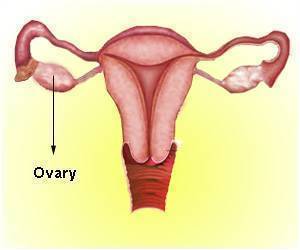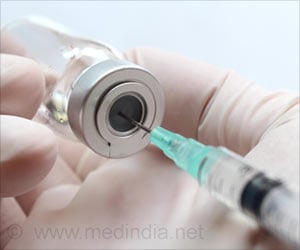A new treatment for women at high risk of breast and ovarian cancer is a major breakthrough made by cancer researchers at Queen's University Belfast.

Until now, preventive surgery - mastectomy (breasts) and oophorectomy (ovaries) - has been the only way of reducing the risk of developing both types of cancers.
The new discovery by researchers in Queen's Centre for Cancer Research and Cell Biology (CCRCB) may mean women affected with BRCA1 could use drugs, which are already available, to reduce their risk of developing the disease, rather than undergo irreversible surgery.
In turn, such treatments would open up the possibility of some of these women, who might otherwise have an oophorectomy, still being able to have children.
The new research by Dr Kienan Savage and Professor Paul Harkin at CCRCB proves there is a direct link between high levels of oestrogen and DNA damage, which causes cancer, in the breasts and ovaries.
Specifically, the scientists discovered that the cells of women with the BRCA1 mutation cannot effectively fight the very high levels of oestrogen that exist in all women's breasts and ovaries, leaving them vulnerable to DNA damage.
Advertisement
Dr Kienan Savage, from the CCRCB, and who led the research, said: "This discovery is very significant in the management of women with the BRCA1 gene mutation. It's the first really credible evidence that oestrogen is driving cancer in women with a BRCA1 gene mutation. Because of this discovery, we now have the opportunity to propose an alternative treatment to surgery. It also opens up the possibility of pausing treatment for a period in order for women to have children, if desired.
Advertisement
The Queen's-led research, which has been ongoing for four years, was carried out with funding from Cancer Focus NI and Cancer Research UK. It is carried in the latest edition of the prestigious USA-based journal Cancer Research.
Professor David Waugh, Director of the Centre for Cancer Research and Cell Biology at Queen's, said: "This breakthrough by researchers at CCRCB is great news for women with the BRCA1 gene and the cancer research community as a whole. It is pivotal in that it reveals more about the mechanisms behind breast and ovarian cancer.
"This work of Dr Kienan Savage and Professor Paul Harkin is further example of the world-leading research being undertaken at Queen's which continues to advance knowledge and change lives."
Roisin Foster, Chief Executive, Cancer Focus Northern Ireland, said: "Cancer Focus is delighted to fund this ground-breaking research into breast cancer, which has the potential in the forseeable future to benefit women all over the world. We are only able to support this vital work because of the generosity of our local community."
The researchers are currently seeking funding to launch clinical trials and hope to do so within 12 months. It is envisaged that, in the first instance, a small control trial will be carried out using a combination of two drugs on 12 women for a period of three months, using biopsy, blood and urine samples to track DNA damage.
Source-Eurekalert














